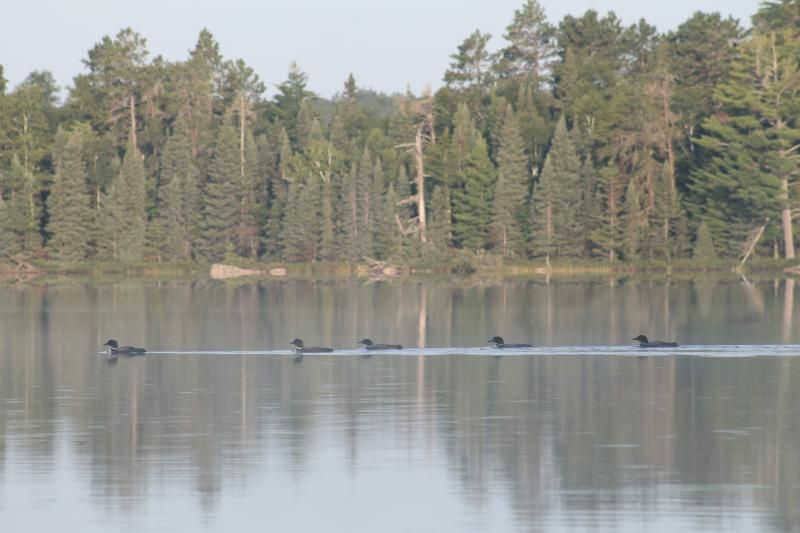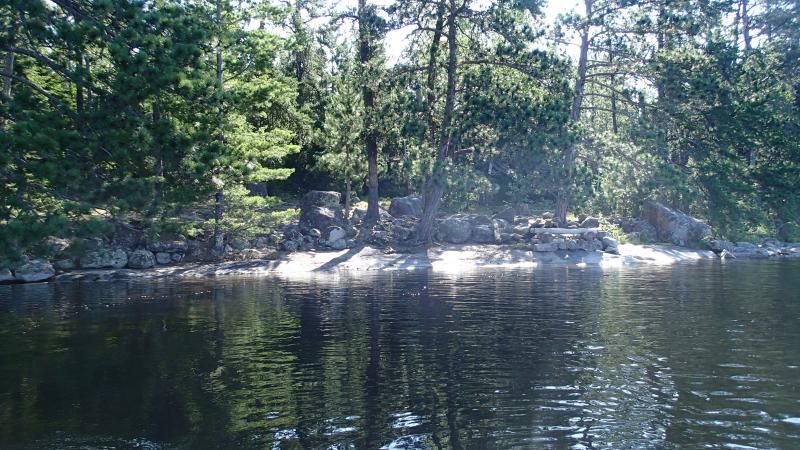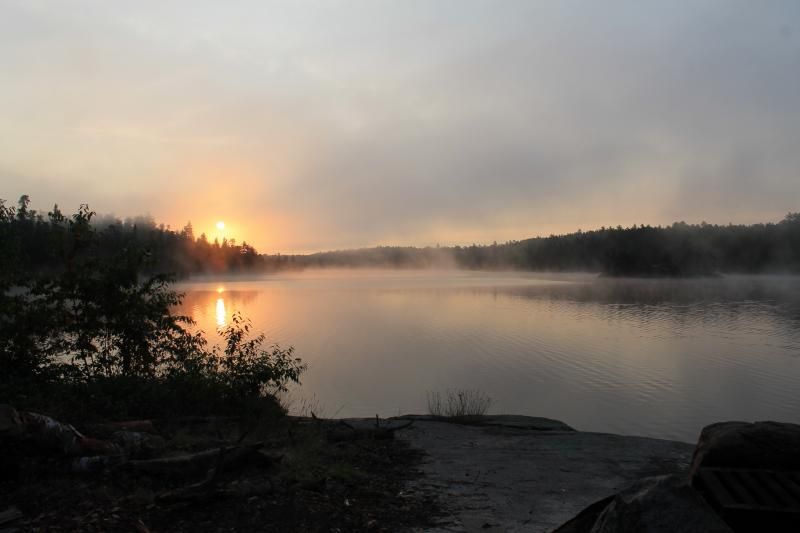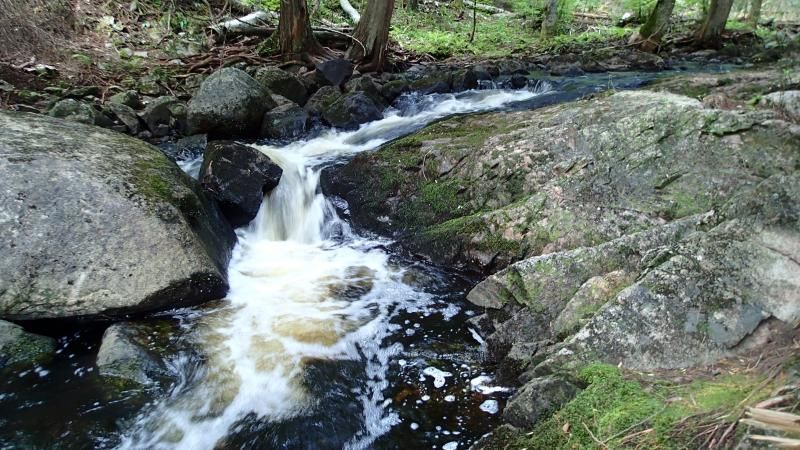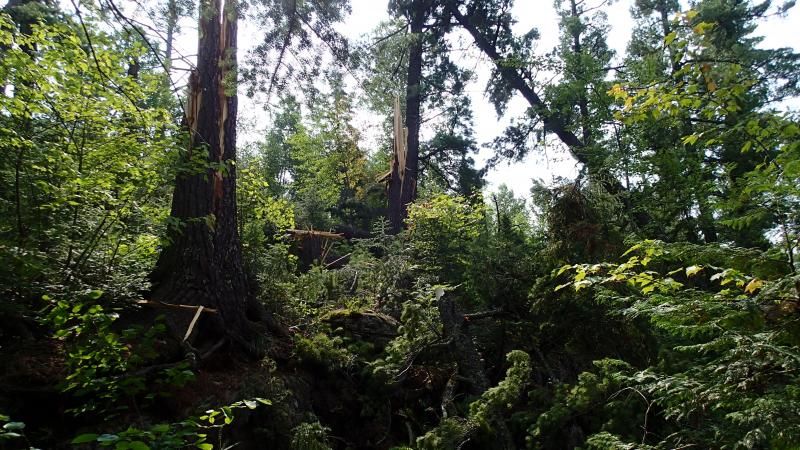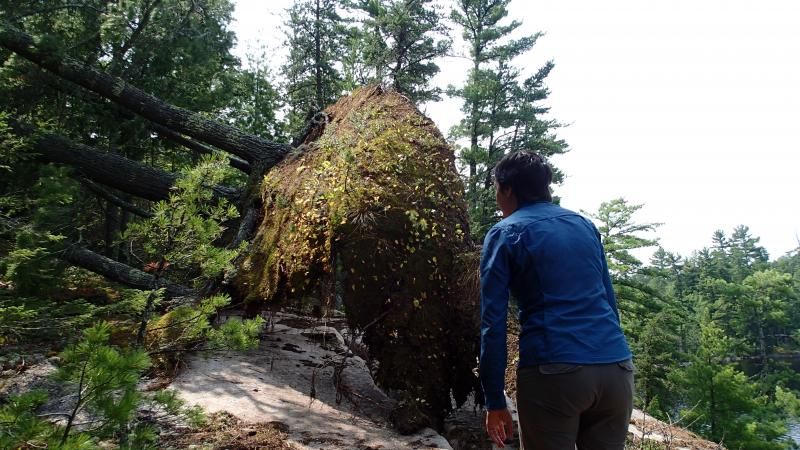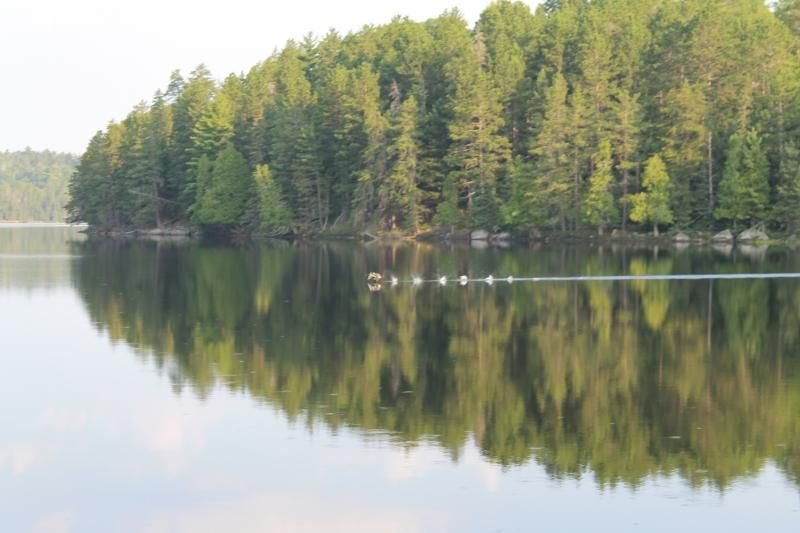BWCA Entry Point, Route, and Trip Report Blog
July 13 2025
Entry Point 1 - Trout Lake
Number of Permits per Day: 12
Elevation: 1381 feet
Latitude: 47.9144
Longitude: -92.3220
Trout Lake - 1
Finally, a full week in the BWCA! LIS through Slim/Beartrack/Finger/Oyster/Lynx.
Entry Date:
August 02, 2014
Entry Point:
Little Indian Sioux River (north)
Number of Days:
7
Group Size:
2
I specifically chose this route because of the chance for solitude through the smaller lakes south of Lac La Croix, as well as to see a pristine area that hasn't had recent big burns or blow-downs. I also liked that we could avoid larger lakes and therefore any wind problems.
I was really praying for decent weather this trip, after our failed late-July trip in 2013 due to a record-setting cold snap that caused it to nearly snow! We left after one night that trip.
We had originally planned to stay at Lake Jeanette campground way up the Echo Trail by our entry point, but when we stopped in at Voyageur North to get our permit, Lynn had a last-minute bunk in the loft open for the night. After stopping at Rockwood for dinner, we got back to the bunk around 10pm and met some nice BWCA first-timers that had lots of questions for us.
We drove up the Echo Trail at sunrise and made it to the put-in around 7am.
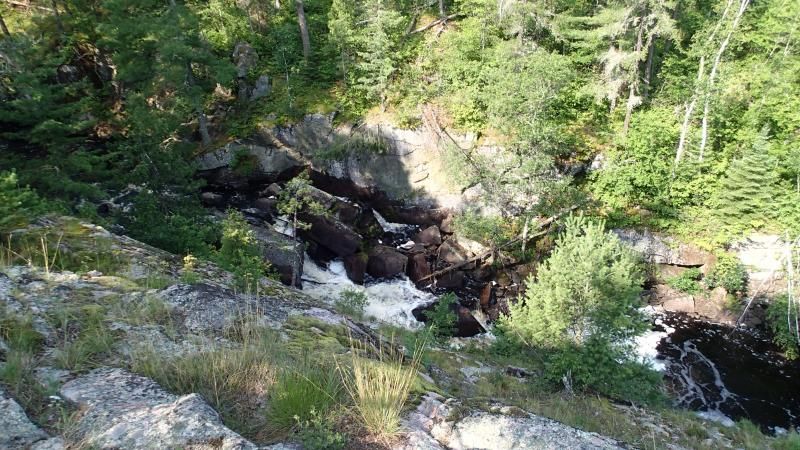
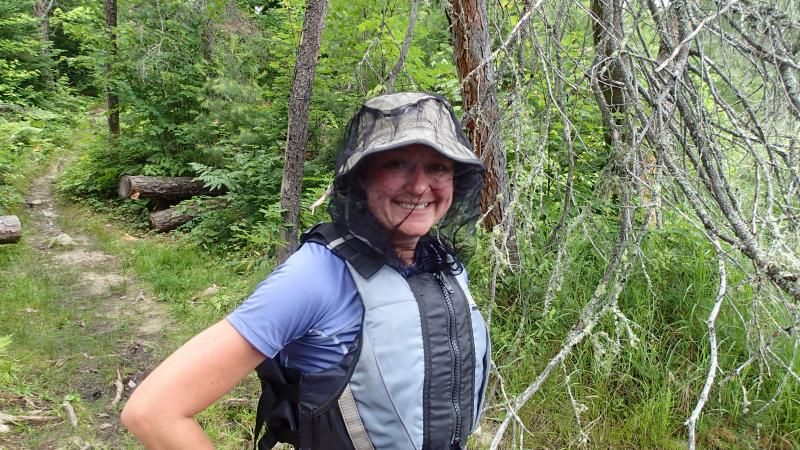

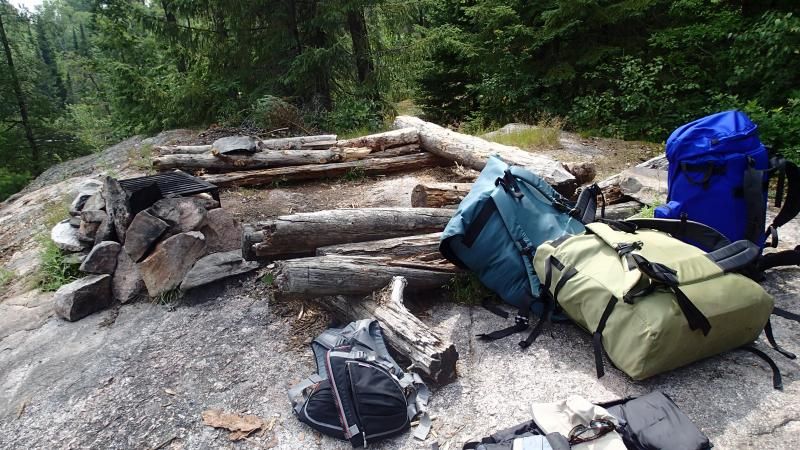

We both agreed that we would leave early on Day 2 to make it deeper into the area. Slim lake was a very pleasant surprise and we were glad we stayed. I was very excited to see some of the small lakes farther to the east that appeared to have nice structure on the shorelines based on the map contours.
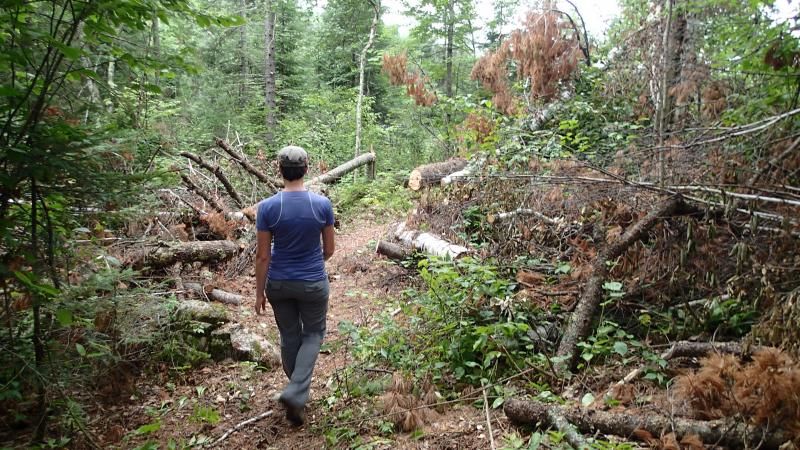


We were surprised to see the north site on Eugene Lake occupied, so we pushed on to Little Beartrack. Pretty little lake, but the campsite was unusable and pathetic, with a downed jack pine directly fallen onto the only tent pad.


We had a great afternoon and evening relaxing and swimming in the super clear Beartrack water. I suggested we stay 2 nights here, but Marie was eager to keep moving and to camp on a lake with more islands or rocky cliffs.
I woke up at first light to enjoy the quiet, misty lake. There is nothing better than having a wilderness lake all to yourself. The loons were calling, and eventually all the loons in the area seemed to meet up and took a swim around the lake. Marie said it was the area loon council meeting. After a while, they all took off one-by-one to different area lakes.
My only disappointment with this area was the audible float-plane noise coming from the north at Lac La Croix. It seems that the plane traffic is heaviest around 7-9am. There was little wind and otherwise absolute silence, so it was relatively easy to hear the planes when they took off.

We really weren't sure where we would stop today. We were going to take a good look at Finger Lake and see if we liked any of the sites. It was an easy trip over there on another beautiful morning.
Finger Lake was very impressive. We paddled around the larger island to see the two campsites. We didn't see the one on the north side, and saw another canoe as we came around the end, who were camping on the nice pine stand site to the south. We paddled up to the northwest island site and originally didn't know if we liked it well enough. We decided to have lunch and see from there.
We did a whole lot of nothing but relaxing at a beautiful spot on a perfect day. Exactly what should be done.

We decided to move yet again for Day 4. The Finger campsite was great, but not the most practical and we had done the nice long afternoon the day before. So, it was off to see Ge-be-on-e-quet Lake, which many people had told us was incredible. Our expectations were high for this lake, and we thought for sure we would find a site to spend 2 nights on there. I was still nervous about seeing the storm damage in that area.
We woke up early to see the sunrise since we were facing to the northeast with a clear view across the lake. We drank coffee and soaked in our last moments on this awesome lake.
Once we reached Ge-be-on-e-quet Lake, Marie was pretty disappointed and started to lose enthusiasm about the trip. It was indeed a nice lake, but nothing stood out about it like she had hoped. And, the campsites weren't particularly special. We stopped for lunch on the eastern-most site, and it had probably the worst storm damage on the route. Many large white pine were uprooted or snapped at the trunk.
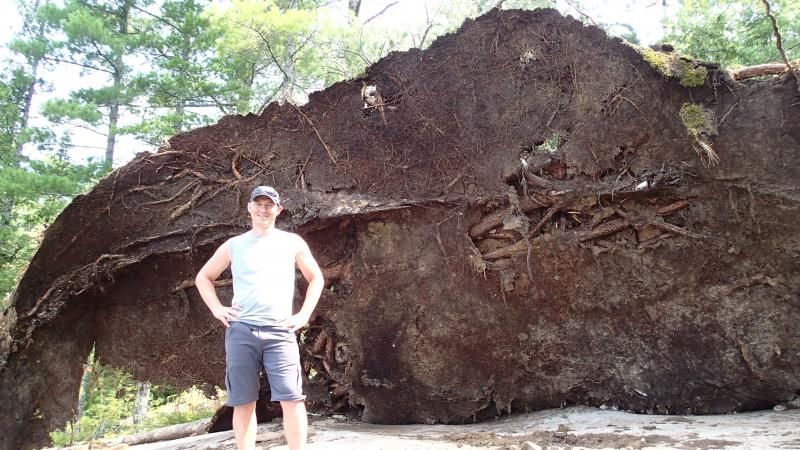
Since we didn't find any campsites that we wanted to stay at for 2 nights on Gebe, we continued south through Green and Rocky lakes. Green had one nice campsite but it was occupied. Marie really wanted to see the campsite on Rocky because the elevation at the shoreline must be dramatic according to the maps. It was indeed a gorgeous lake, but the lone campsite was tucked away out of view of the cliffs and was not a nice spot. We moved on to Oyster, hoping that one of the first two campsites would be open in the northern bay.
Fortunately, the site near the end of the long peninsula on Oyster was open, and it was fantastic.
We spent our first layover day sleeping in a bit for once, hammocking, and swimming. The weather remained perfect, although some thunder and lightning passed just around us as we went to bed last night. The steady sprinkle we got for about a half hour was essentially the only rain on the whole week trip.
Since Marie doesn't really love fishing, I decided to skip trying on Oyster because I knew that catching lake trout was a huge longshot with the water temps so high. I also had read that Oyster did not have much of a walleye population.

Our plan was Lynx Lake for 2 more nights before we exit. This would be a day earlier than the maximum we could stay. Marie wanted to get home with a night alone together before we picked up the kids from grandma's, so I agreed.
We made our way across the two long portages between Oyster-Hustler and Ruby-Lynx with no problems. My only regret was that we would be seeing quite a few more people due to being so much closer to the entry point. I was used to the solitude we had during the trip so far.




We spent another perfect day relaxing and reading.
It's finally time to head for the exit. It's another ideal morning.
For the first time ever, I'm actually "ready" to exit the BWCA. Normally, I only spend 2-3 nights and I'm always leaving kicking and screaming that it's not enough. Having a full 7 nights was glorious.












